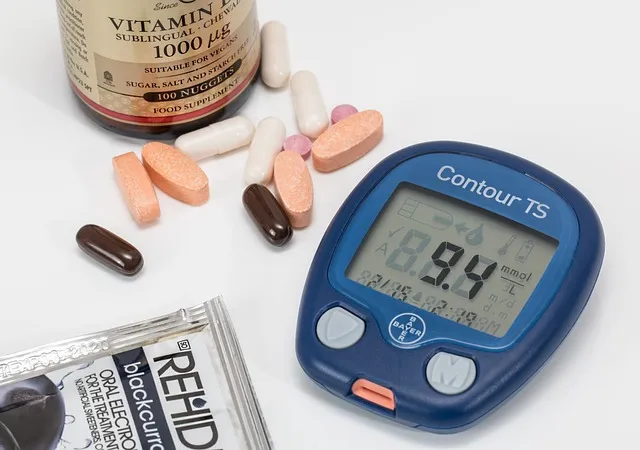
It is not uncommon for individuals to experience two different blood sugar readings on the same finger when using a glucose meter. There are several factors that can contribute to this discrepancy, and it is important to understand what might be causing it.
You may worry that having diabetes means giving up foods and drinks you enjoy. The good news is you can still have your favorite foods and drinks, but you might need to have them in smaller portions or enjoy them less often. Watch our video and follow our simple steps on how to test your blood sugars in the right way and safely. Simple carbohydrates are most easily broken down into glucose and, as such, can cause blood sugar to rise more quickly. Complex carbohydrates are broken down slowly and are less likely to cause spikes.
Possible Reasons for Variation
One possible reason for differing blood sugar readings on the same finger could be related to the cleanliness of the testing site. If there is residual blood or other substances on the finger from a previous test, it could impact the accuracy of the current reading. Ensuring that the finger is clean and dry before testing can help reduce the likelihood of this issue occurring.
Another factor to consider is the quality and calibration of the glucose meter being used. If the device is old or in need of calibration, it may provide inaccurate readings. Regularly checking the accuracy of the meter and following manufacturer guidelines for maintenance can help ensure more consistent results.
Since eating food affects blood sugar, fasting blood glucose tests show a more accurate picture of your baseline blood sugar. If you have diabetes, it’s imperative that you learn to effectively self-test your blood sugar to keep your glucose levels in check. The study participants’ risk of early kidney damage, strokes, and death from diabetes-related causes was also reduced by one-third. Non-fasting blood sugar tests don’t require an individual to abstain from eating beforehand.
If they get too high and stay high, it can cause damage or complications to the body over the course of many years. Blood glucose (blood sugar) monitoring is the primary tool you have to find out if your blood glucose levels are within your target range. You may not be able to eat or drink as much as usual, which can affect blood sugar levels. If you’re ill and your blood sugar is 240 mg/dL or above, use an over-the-counter ketone test kit to check your urine for ketones and call your doctor if your ketones are high. High ketones can be an early sign of diabetic ketoacidosis, which is a medical emergency and needs to be treated immediately.
Consulting with a Healthcare Provider
That’s especially true in the context of blood sugar levels and how someone manages their health. As with all aspects of diabetes management, these guidelines are used as a starting point by the medical community. One’s individual goals may vary, based on your personal needs. Make sure to consult with your doctor and diabetes care team to determine what may be best for you. However, many people with diabetes strive to keep their glucose levels under 140 mg/dL on average. Careful monitoring of your blood sugar and knowing what may cause it to rise or fall can help you and a health team develop a diabetes care plan and set treatment goals.
If you are consistently experiencing varying blood sugar readings on the same finger, it may be beneficial to consult with your healthcare provider. They can help determine if there are any underlying issues contributing to the discrepancies and provide guidance on how to address them.
Ask your health care professional or health care team if you are at a healthy weight or if you should try to lose weight. In general, your goal should be to have a blood sugar level below 180 mg/dL one to two hours after you have a meal or snack. However, what is considered normal blood sugar varies depending on your diabetes status, your age, and any other health conditions you have. Normal blood sugar levels are important for people with type 1 or type 2 diabetes. If you have diabetes, tracking your blood sugar can help prevent serious health complications.
Overall, while it is not necessarily “normal” to see two different blood sugar readings on the same finger, it is a common occurrence that can be influenced by a variety of factors. Taking steps to improve testing practices and seeking guidance from a healthcare professional can help ensure more accurate and reliable results.




